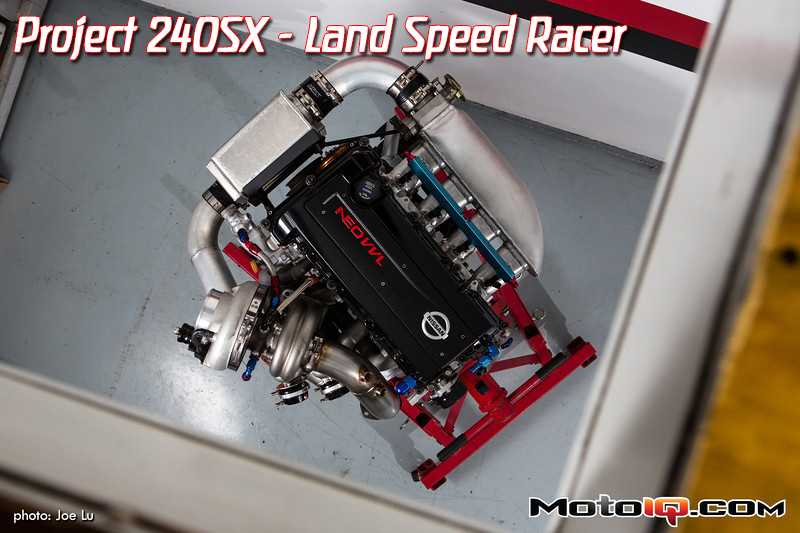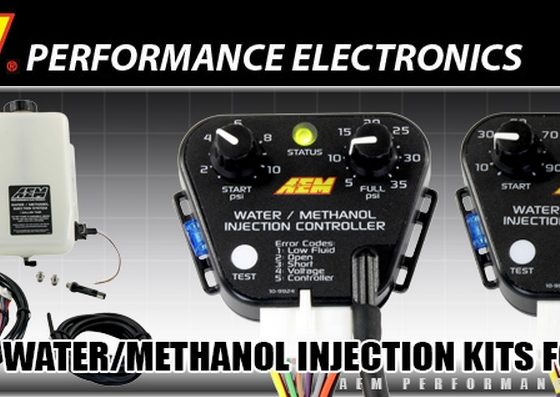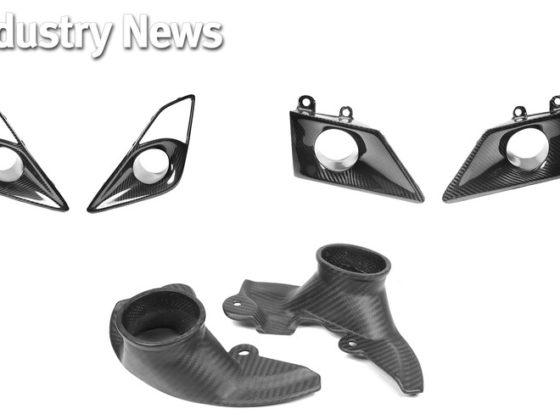,

If you’ve ever compared the dyno charts of an SR20DET and SR20VET, you would notice that it takes a lot more boost on an SR20DET to make the same amount of power as an SR20VET. One of the reasons for this is how much better the SR20VET head flows in comparison to the SR20DET. With a good port and polish job, the SR20VE head can yield flow numbers in the same neighborhood as a ported Honda K series head. (Translation: That’s good, really good.)

Naturally, a port and polish job is where Nick Hunter began the evolution of our replacement 20V cylinder head. On the intake side, the injector area was blended into the port roof and the port entrance gasket matched. Then the port divider was knife edged and the port gradually tapered down towards the bowl. In the exhaust side ports, the nasty short side radius bump was removed, the port divider wall knife edged, and then opened up approximately 15-20% in cross section. In both the intake and exhaust ports, the valve guides were ground near flush to improve flow. To round out the headwork, the seats were cut with a fresh valve job and the area around each valve was de-shrouded.

With the port and polish job complete, there was one last bit of modification that needed to be performed before our SR20VE 20V cylinder head could be assembled. When performing an SR20VE head swap on an SR20DET block, the original oil delivery passage in the head must be blocked. On the SR20VE, this passage aligns with a passage in the block to deliver oil pressure to the VVL solenoids from the oil pump and activate the VVL system. Nick Hunter plugged this passage by drilling a .337″ diameter hole and then threading it with a 1/8″-27 tap. A stainless steel socket head plug was then threaded in place.


There are two option of where to connect the other end of the Earl’s steel braided line. Probably the more common of the two options is to drill and tap a hole on the square machined boss just below the intake manifold. Nissan was nice enough to have already placed a threaded hole here for us to use as a pilot. Just drill this hole deeper and it will intersect the factory oil passage.



